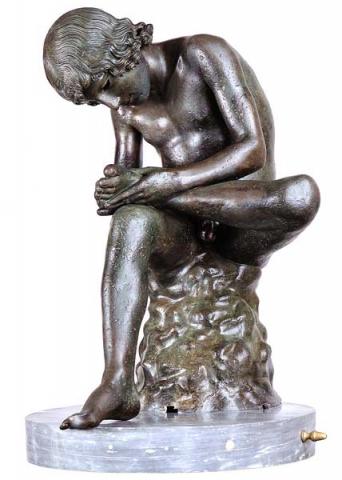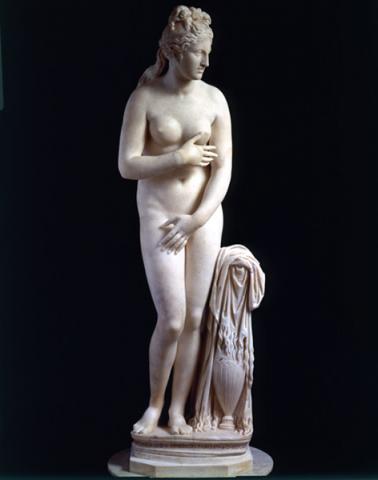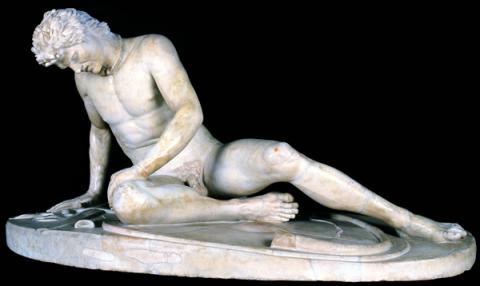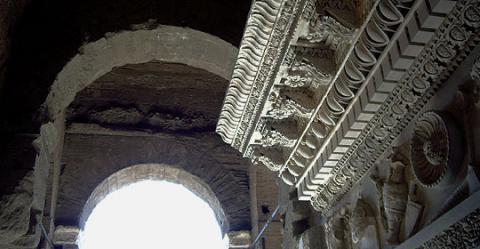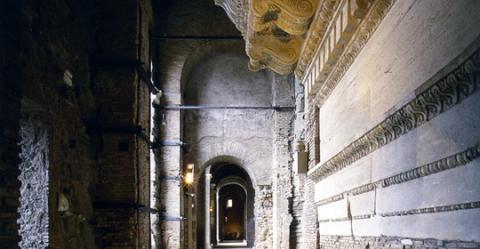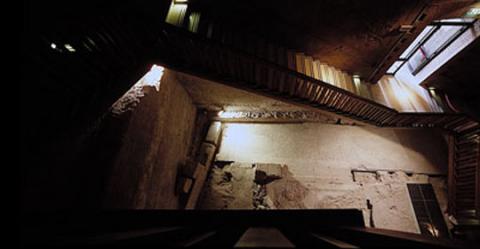Tabularium
From the museum, passing through the Gallery Junction, we come to the Tabularium. After walking down a long corridor, created in modern times within the building's original foundation space, and from where we can see the Temple of Veiovis, we come to the gallery which opens out on to the Roman Forum. On this gallery is the entrance to another area containing the remains of buildings pre-existent to the Tabularium.
The areas on the north-eastern side of the Tabularium feature a lintel bearing an inscription testifying to the date of the building's inauguration; they can be seen from outside the Museum complex, alongside Via di S. Pietro in Carcere.
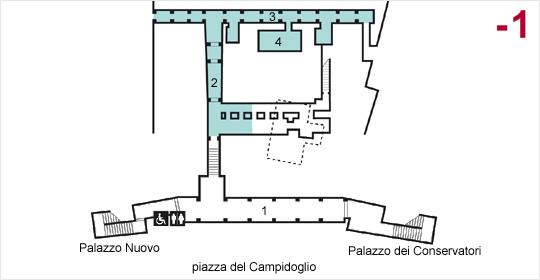

The Roman Forum’s main square is closed, on the side of the Capitoline Hill, by the imposing square structure of the Tabularium; the building contained the Roman Public Record Office, which was used as a place to store the state archives, such as deeds, laws, treaties, and decrees of the Senate. We know from an inscription in the building that it was erected by Quintus Lutatius Catulus in 78 B.C., the year of his consulate.
This imposing monument, of which only the foundations are preserved, was situated within the Roman Forum, it was on the front slope of the Capitoline Hill, below the Temple of Jupiter Optimus Maximus, to the southeast of the Arx and Tarpeian Rock. The core of the building, built in opus caementicium, is divided into cellars, which were once inaccessible and constitute the terracing of the slope ( substructio); the upper floors, where the archive was hosted, have been replaced by the medieval Senatorial Palace.
The Tabularium, roughly trapezoidal in shape, presents a significant recess at the corner of the Capitolium, due to the presence of an older temple, the Temple of Vejovis.


























